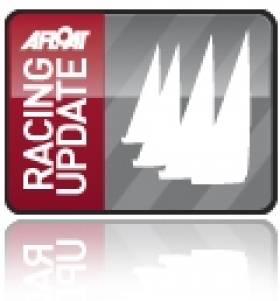Displaying items by tag: Royal Ulster Yacht Club
Ailsa Craig Race Celebrates 50th Anniversary
#RACING UPDATE - This summer the Royal Ulster Yacht Club will stage the 50th anniversary edition of the Ailsa Craig Race, one of the classics of the Northern Ireland offshore yacht racing calendar.
Many of the competitors from the inaugural race in 1962 - several of whom are now in their 80s - are expected to compete in the overnight challenge, which takes the fleet from Bangor to the rock at the mouth of the Clyde in Scotland.
The 2012 Ailsa Craig Race, sponsored by Hamilton Shipping, takes place on 15 June.
Royal Ulster Yacht Club
Royal Ulster Yacht Club is located in Bangor, Co. Down, Northern Ireland on the south shore of Belfast Lough.
The Club was established in 1866 as the Ulster Yacht Club, on the impetus of Frederick Hamilton-Temple-Blackwood, 1st Marquess of Dufferin and Ava. In 1869 it received a Royal warrant. The land for the clubhouse was purchased in 1897 and built by architect Vincent Craig (brother of James Craig, 1st Viscount Craigavon).
The 'boating grocer', Sir Thomas Lipton, being blackballed from the Royal Yacht Squadron, launched his America's Cup bid from the RUYC in 1898. Lipton continued to sail from the Royal Ulster until 1929; his legacy being the Lipton Room.
Today the Club's patron is Her Majesty The Queen (a position Her Majesty has held since 1953) and the Commodore is Prince Richard, Duke of Gloucester.
RUYC was visited by the Queen and Duke of Edinburgh in 1961, with Prince Philip competing in the Regatta. Prince Philip returned to the Club in 2006.
The club is one of the clubs on the lough that form part of the Belfast Lough Yachting Conference.
(Details courtesy of the Royal Ulster Yacht Club)
Have we got your club details? Click here to get involved





























































